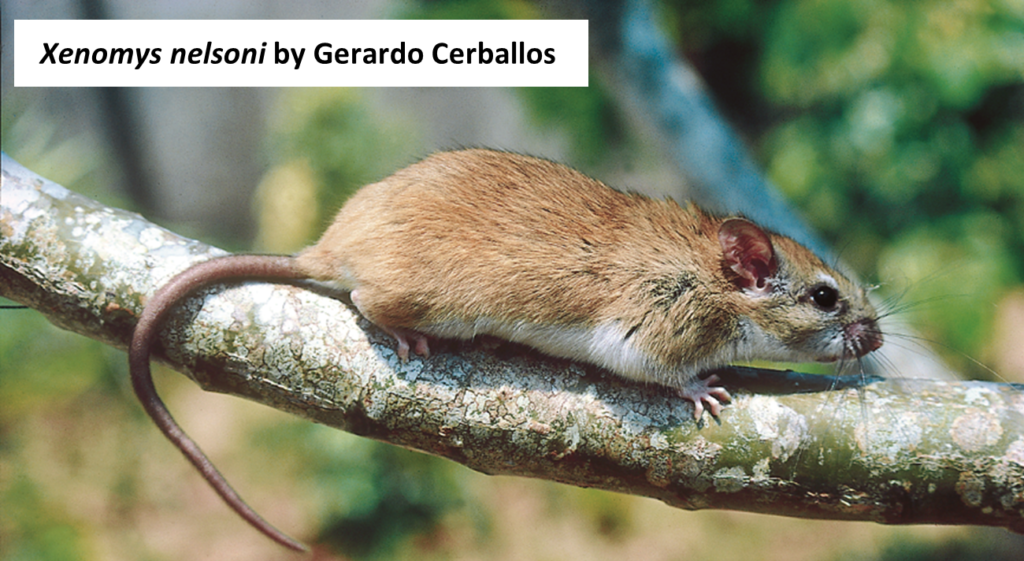
The Small Mammal Specialist Group (SMSG) is happy to report the recent publication of a paper in the open-access journal Diversity detailing the process, and results, of species prioritization exercises for conservation planning and action. The exercises were carried out by the SMSG as well as a second IUCN SSC specialist group, the Antelope Specialist Group (ASG).
Given the limited resources and finances available in conservation, strategically determining which species to focus on can be the most fair and effective way to guide conservation efforts. But how do we do this? Simply selecting species based on the level of threat they face, for example, ignores the importance of functional and phylogenetic diversity.
It can therefore be helpful to use systematic prioritization methods that incorporate multiple criteria. Previous examples have included the ranking of species based on e.g., the cost and logistics of a project, the likelihood of conservation success, and/or metrics of species value, such as their status as an umbrella species, evolutionary distinctness, or cultural significance. Sometimes, these criteria are assigned different weightings depending on their relative importance. There exists no universal method for selecting and using such criteria, however.
Selecting small mammals
For large taxonomic groups such as small mammals (encompassing over 2,800 rodents, eulipotyphlans and tree shrews), prioritization approaches are invaluable in identifying how to best allocate already-stretched conservation resources. As such, in 2018, the SMSG developed and undertook a species prioritization exercise in Mexico. Mexico had been previously highlighted as a region with high aggregations of both globally threatened and data deficient small mammals.

Mexico species prioritization workshop
Experts in Mexico first undertook a high level review of the Red List status of each of the 76 small mammal species found in the country. Those identified as Critically Endangered were then assessed against variables such as threat status, the proportion of a population falling within protected areas, and extent of existing captive breeding or conservation management efforts. Species were then scored based on urgency of conservation action, feasibility (i.e., the capacity to implement conservation action and research), and the number of other threatened small mammals that would also benefit from conservation action for said species.
The top six species identified were those with the highest scores – all were rodents with highly restricted ranges, three of which are found only on islands (Cozumel Harvest, Catalina Deer and Angel Island mice). Based on these scores, draft action plans have since been developed and channeled into attempts to secure conservation funds. Proposals for the Cozumel Harvest Mouse and Angel Island Mouse have, however, been unsuccessful, something which the authors describe as “a recurring difficulty in supporting rodent conservation”.
Nevertheless, the Diversity paper sets out a framework that proved to be effective in selecting species to prioritize. It also underlines the importance of participation from regional experts; without local expertise, the feasibility of working on particular fauna can be misjudged. Some species, for example, might occur in regions where local experts know that opportunities to conduct field research or conservation activities are limited by economic or safety considerations.

One of the top 6 species: Magdalena Rat
Overall, the framework jointly developed by the ASG and SMSG was successfully fed into prioritization exercises for the respective groups, with the results leading to new proposals and increased interest in certain species of conservation concern. The framework will be applied again in future workshops; for small mammals, there are plans to conduct a similar assessment in Sulawesi later this year.
Author: Abi Gazzard (SMSG Programme Officer)





Recent Comments